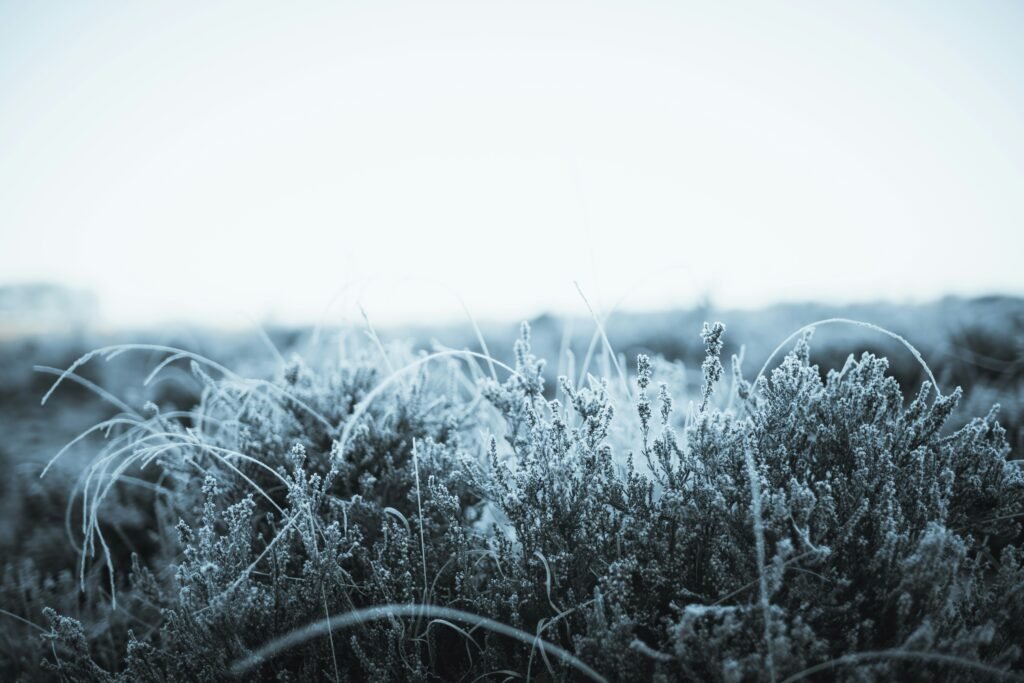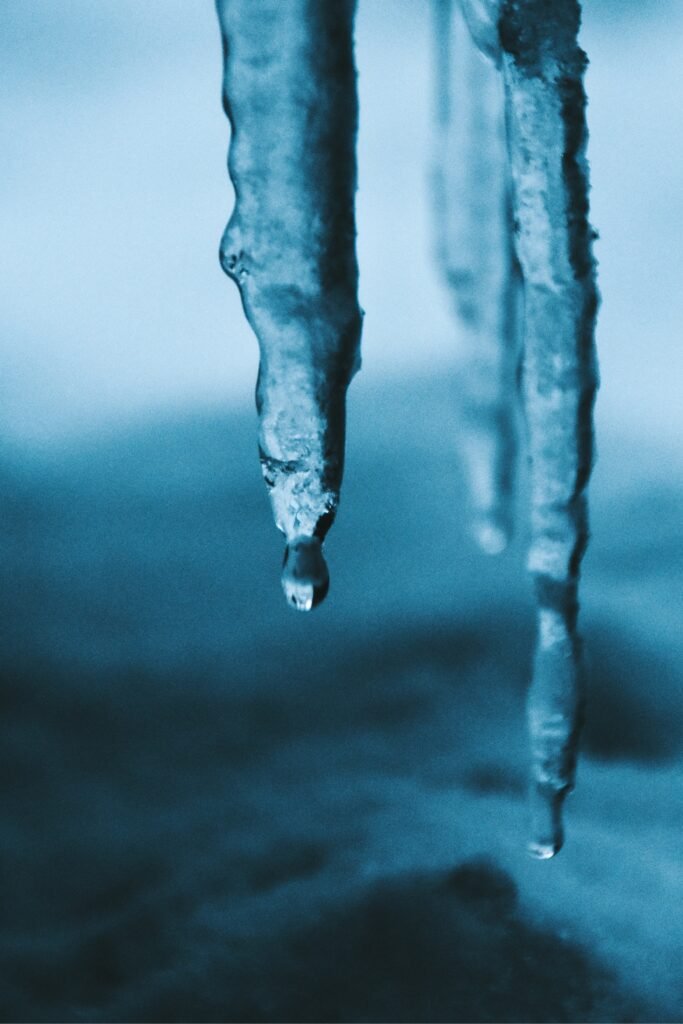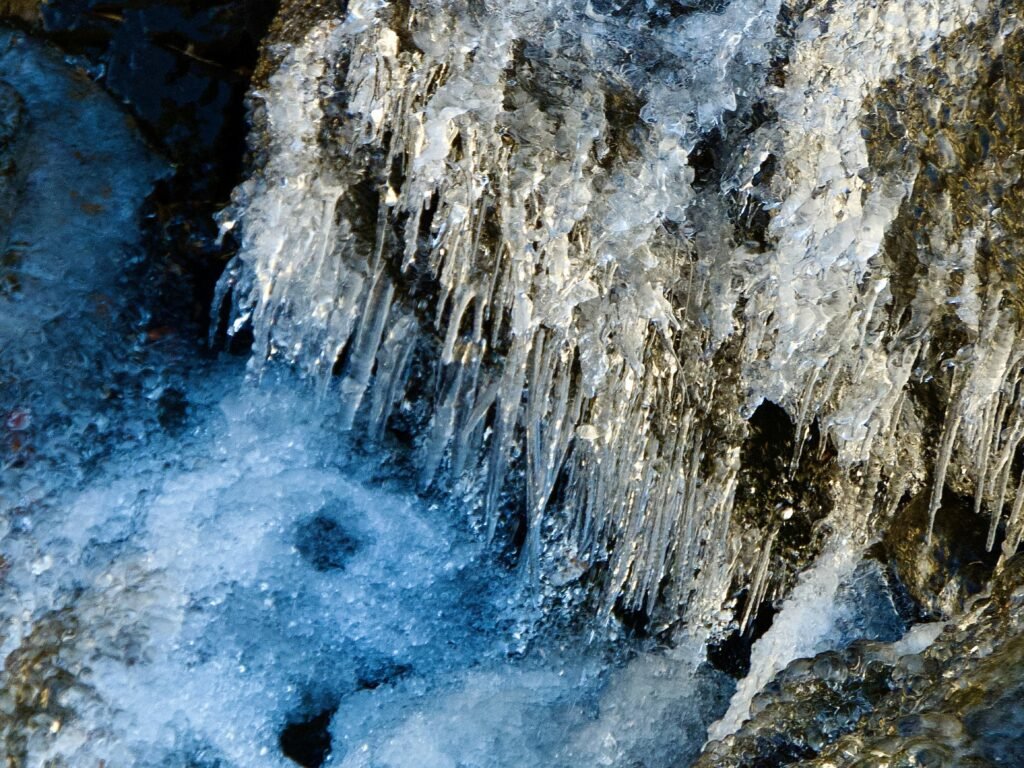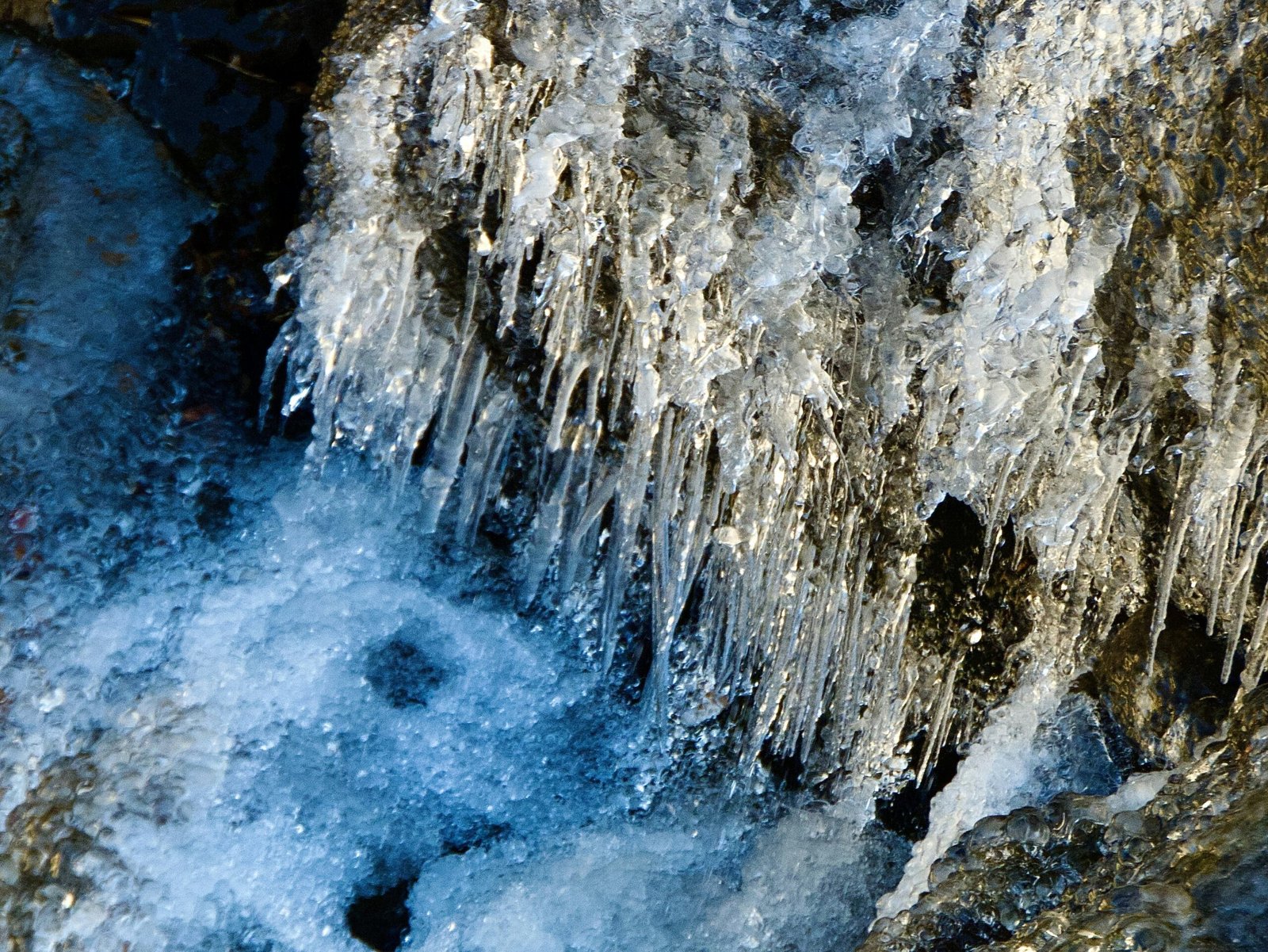Have you ever found yourself shivering uncontrollably on a chilly day while some people seem totally unfazed by the cold? It can really make you wonder why that is. In this article, we’re going to unravel the science behind cold acclimatization and tolerance, and what it means for you.

Understanding Cold Acclimatization
Cold acclimatization is the process your body undergoes to adapt to lower temperatures. This adaptation doesn’t happen overnight. Instead, it may take several days to weeks for your body to adjust. As you acclimatize, your body’s physiological responses change, allowing you to handle the cold more effectively.
What’s fascinating here is that cold acclimatization can alter both your physical and psychological responses to cold environments. As your body gets used to the chill, it learns to preserve heat more efficiently, which means you might stop feeling like you’re freezing all the time.
Physiological Changes
When you are exposed to cold, your body initiates a variety of processes to maintain your core temperature. Here are some of the key physiological adjustments:
| Physiological Change | Description |
|---|---|
| Increased metabolic rate | Your body starts burning more calories to produce heat. |
| Enhanced blood flow | Blood vessels constrict initially but later adapt to improve circulation. |
| Shivering | This is your body’s natural response to generate heat through muscle activity. |
| Hormonal changes | Levels of certain hormones, like norepinephrine, can increase to support temperature regulation. |
| Brown adipose tissue activity | Brown fat cells can generate heat by burning calories, helping with thermal regulation. |
Psychological Changes
Your mental state also plays a vital role in how you handle the cold. Here’s how your mental resilience can be involved:
| Psychological Change | Description |
|---|---|
| Increased tolerance to discomfort | Over time, you may find that you can endure lower temperatures without as much distress. |
| Enhanced focus and alertness | Cold environments can sharpen your mental acuity, keeping you more vigilant. |
When you’re accustomed to colder climates, you may notice that the initial shock of stepping into the cold dissipates. Your body learns not just to endure but to function effectively in lower temperatures.
Factors Influencing Cold Acclimatization
You might be wondering why some people acclimatize better than others. Several factors can influence this process.
Genetics
Genetics plays a significant role in how well you can adapt to cold. Some people are naturally predisposed to manage cold environments better due to genetic variations. For instance, individuals from colder climates often have physiological traits that give them an advantage over those from warmer regions.
Duration and Frequency of Exposure
The more frequently you’re exposed to cold, particularly in a consistent manner, the quicker and easier it becomes for your body to acclimatize. For instance, if you often spend time outdoors in winter weather, you’ll find that cold doesn’t bother you as much.
Age and Sex
Age and sex also come into play. Younger individuals often acclimatize more quickly than older adults. Moreover, hormonal differences can affect how men and women respond to cold environments.
Body Composition
Your body fat percentage and muscle mass can also influence how you perceive cold. More body fat can provide insulation, while muscle generates heat through activity.
These factors combined can create a unique tolerance level for each person, which is interesting, isn’t it? It helps to show how wonderfully complex our bodies are.

Mechanisms of Cold Tolerance
Cold tolerance isn’t just about getting used to frigid temperatures; it involves specific mechanisms working together in your body.
Vasoconstriction and Vasodilation
When it’s cold, your body initially undergoes vasoconstriction, where blood vessels narrow to conserve heat. However, with acclimatization, there’s an improved balance between vasoconstriction and vasodilation, which means blood flow can be more effectively regulated.
This dynamic helps keep your vital organs warm while still delivering enough circulation to your extremities. It’s a careful balancing act that your body learns over time.
Enhanced Shivering Response
Shivering is an involuntary muscle contraction that generates heat. After repeated exposure to cold, your body gets better at using this mechanism to maintain temperature. The efficiency of this shivering response often improves with acclimatization.
Brown Fat Activation
Brown fat, or brown adipose tissue, is a specialized fat that burns calories to generate heat. You may notice that as you acclimatize, your body utilizes this brown fat more effectively. This adaptation is especially crucial during prolonged cold exposure.

Benefits of Cold Acclimatization
Acclimatization can bring several benefits that go beyond just feeling comfortable in the cold. Let’s take a look at what you may gain from this adaptation.
Improved Exercise Performance
If you enjoy outdoor activities in the winter, acclimatization can improve your performance. Your body becomes more efficient at regulating temperature and utilizing energy, allowing you to push through those cold workouts with greater ease.
Enhanced Mental Resilience
One unexpected bonus is the enhanced mental resilience that often comes with cold acclimatization. As you become familiar with the discomfort of cold, you may find that you handle other challenges in life with greater ease.
Health Benefits
Exposure to cold can also have health benefits. For instance, some studies suggest that cold exposure can boost your immune system and improve your mood. You may notice a newfound level of vigor and vitality as you acclimatize.

Practical Tips for Cold Acclimatization
Fostering your own acclimatization process can take some time and intentional effort. Here are some practical tips to help you adapt to cold conditions.
Gradual Exposure
Instead of jumping into freezing temperatures all at once, try to gradually expose yourself to the cold. Start with short bursts of outdoor activity in cooler weather and then extend the duration as your body adjusts.
Dress in Layers
Wearing multiple layers can make a significant difference in how you handle the cold. This approach allows you to regulate your temperature more effectively by adding or removing layers as necessary.
Stay Active
Physical activity is essential when you’re in a cold environment. Moving around generates heat and gets your blood flowing, which contrasts the temptation to huddle in one spot trying to stay warm.
Hydration
Don’t underestimate the power of hydration. Staying properly hydrated helps your body maintain normal physiological functions, including temperature regulation. So, drink plenty of fluids, even when it’s cold outside!
Mindset
Lastly, a positive mindset can truly help you in the acclimatization process. Start viewing colder environments as challenges rather than punishments. This shift in perspective can make a world of difference in how you experience the cold.

Conclusion
Understanding the science of cold acclimatization and tolerance opens up a broader perspective on how your body interacts with its environment. By learning about the physiological changes, influencing factors, and practical tips to boost your tolerance, you’re set to venture into the colder months with confidence.
You might find that not only does it benefit your physical health, but it also cultivates a mental resilience that can serve you in numerous aspects of your life. So, the next time you feel the chill in the air, remember that your body is capable of remarkable adaptations. Embrace the cold; it just might surprise you.

